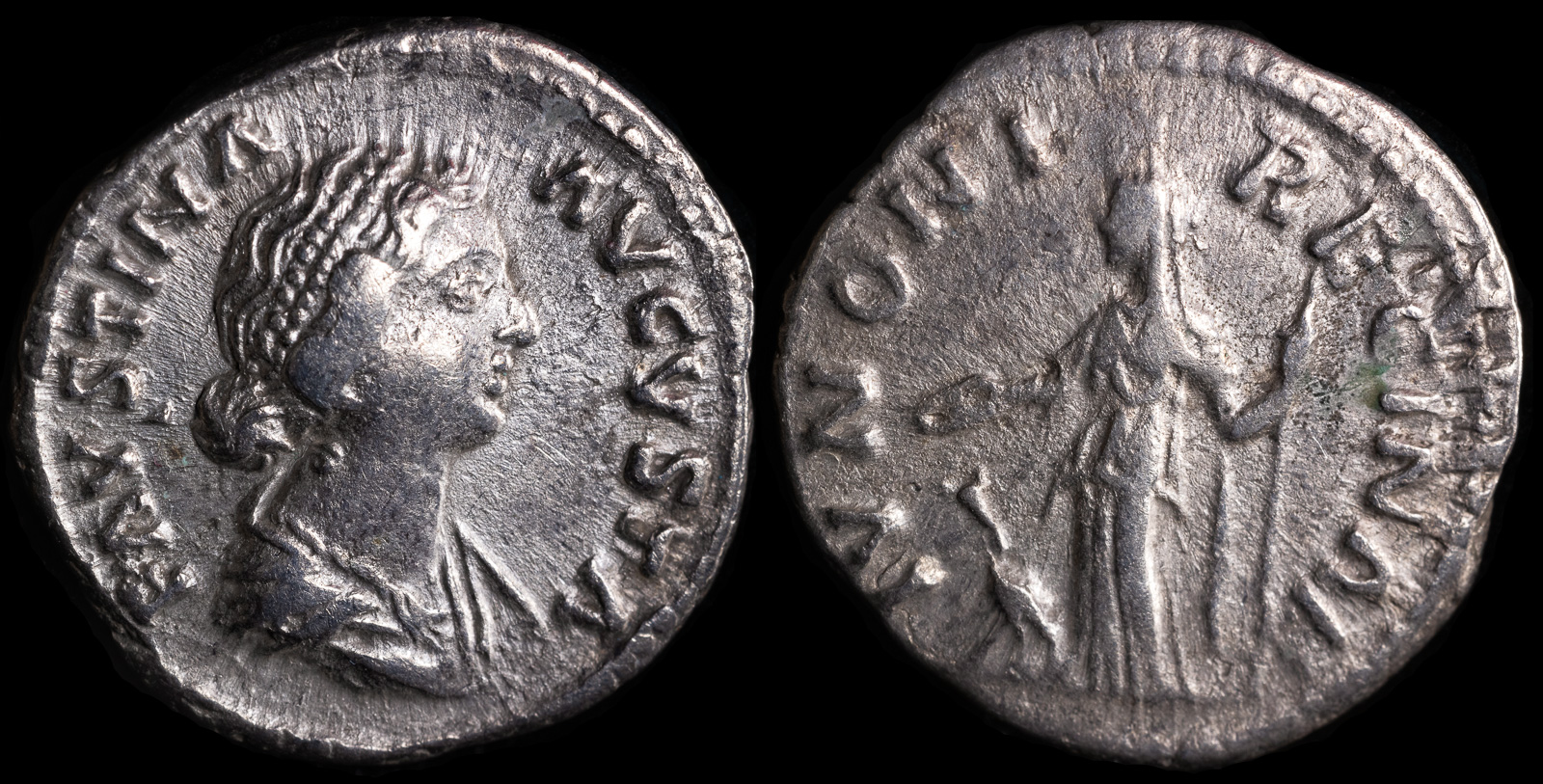Peacock
View All Tags
In Greek mythology, the peacock was associated with the goddess Hera, who was considered the queen of the gods and the protector of marriage and family. The bird’s beautiful feathers were believed to have been created by Hera’s favorite creature, the hundred-eyed giant Argus, whose eyes were said to be transferred to the peacock’s tail after his death. This association imbued the bird with an air of mysticism and divine significance, linking it to concepts of watchfulness and the all-seeing nature of the goddess. The peacock, with its regal bearing, became a symbol of Hera’s power and majesty, often depicted in Greek art alongside representations of the goddess.
In Roman culture, the peacock continued to be linked with luxury, divinity, and high status. It was often seen in the gardens and estates of the Roman elite, where it served as both a decorative and symbolic animal. The bird was also associated with Juno, the Roman equivalent of Hera, further cementing its place in Roman religious and cultural life. The peacock was featured in Roman art, particularly in frescoes and mosaics, where it symbolized the grandeur of the gods and the emperors. Its striking beauty made it a popular motif in imperial propaganda, signifying wealth, divine favor, and the divine right of rulers.
The peacock’s symbolism in both Greek and Roman cultures extended beyond religion and the arts. It was also an important motif in funerary contexts, where it was used to represent immortality, rebirth, and the afterlife.

Faustina II
Rome 165-176 CE
AR Denarius 18mm, 3,15g
FAVSTINA AVGVSTA, diademed and draped bust right.
Rev. IVNONI REGINAE, Juno standing left, holding patera and sceptre, peacock at foot left.
RIC 695; RSC 140